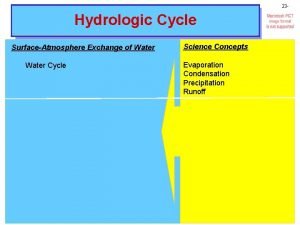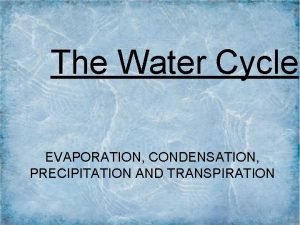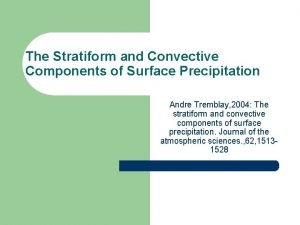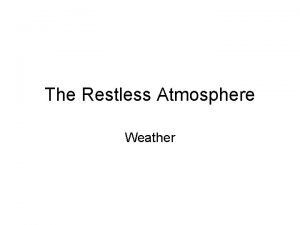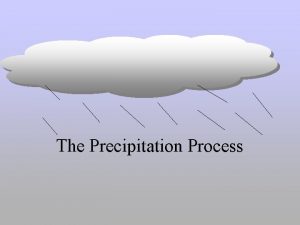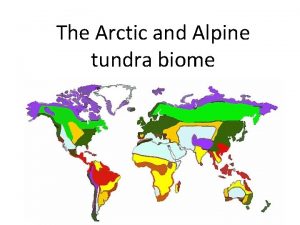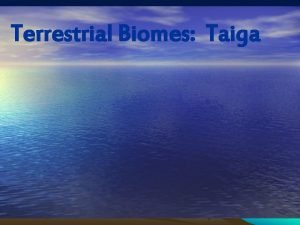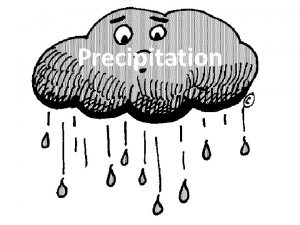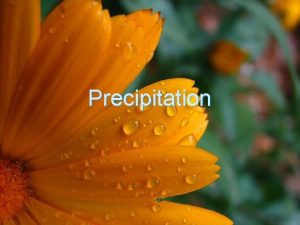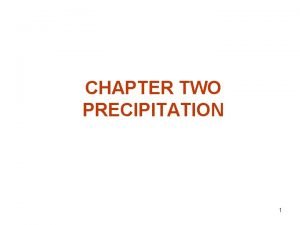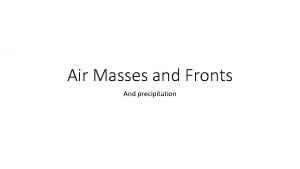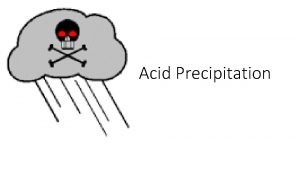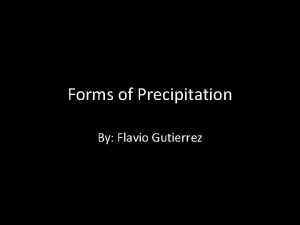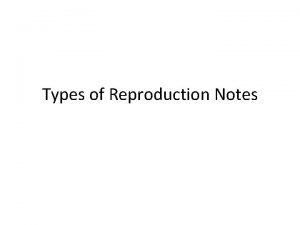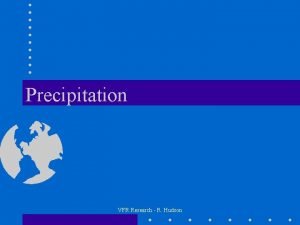Precipitation Notes Types of Precipitation Precipitation is any





















- Slides: 21

Precipitation Notes

Types of Precipitation • • • Precipitation is any form of water that falls from clouds and reaches Earth’s surface. These include sleet, snow, rain, freezing rain, and hail. Not all clouds produce precipitation. For precipitation to occur, cloud droplets or ice crystals must grow heavy enough to fall through the air. One way that cloud droplets grow is by colliding and combining with other droplets.


Types of Precipitation • • • First off, almost all precipitation starts out as ice crystals high up in the troposphere. As the ice crystals fall, the degree to which they melt/refreeze will determine what strikes the ground. The most common type of precipitation is rain. Drops of rain must be a least 0. 5 mm in diameter. Smaller drops are called drizzle. Rain occurs when the atmosphere near and on the ground is above freezing.


Types of Precipitation • Sleet occurs when the ice crystals from the cloud fall through a warm layer and partially melt. • After passing through another freezing layer, they will refreeze before striking the ground. This refreezing is what keeps them from being nice, fluffy flakes.



Types of Precipitation • Snow forms when the entire column of air - from the cloud to the ground - is completely below freezing. • The ice crystals never get a chance to melt or refreeze.



Types of Precipitation • • • Freezing rain (or glaze) is a special, dangerous case. With freezing rain, the ice crystals will melt completely in a warm layer of the atmosphere, but then they will pass through another freezing layer after that. The melted rain becomes “supercooled” but will not actually freeze until it strikes the ground. This causes smooth, thick layers of ice to build up on surfaces.



Types of Precipitation • Hail stones are formed when very strong updrafts force ice crystals back up into the cloud. When this happens, the ice crystals will collide and combine with other ice crystals. • This occurs over and over again until the size of the hailstone can overcome the force of the updraft.


Types of Precipitation • • • There have been attempts by some to force rain during times of drought. Airplanes drop silver iodide and dry ice into clouds to provide condensation nuclei and to drop the temperature in the cloud, all to promote freezing and crystal formation. This is known as cloud seeding. Unfortunately, this technique has not shown much success.

Measuring Precipitation • Snowfall can either be measured by a meter stick, or by melting the snow and then measuring the amount of liquid water. • On average, 10 cm of snow produces 1 cm of liquid water.


Measuring Precipitation • Rain is measured using a rain gauge. A rain gauge is a can or tube with an open end that is made to measure rainfall. You can measure the amount of rainfall in a rain gauge either by using a ruler, or by reading a scale on the gauge itself.

 Steps of gravimetric analysis
Steps of gravimetric analysis Co precipitation and post precipitation
Co precipitation and post precipitation There isn't any pasta
There isn't any pasta Any to any connectivity
Any to any connectivity Any question atau any questions
Any question atau any questions Wisc
Wisc Types of precipitation
Types of precipitation For adult porn
For adult porn Notes on poetry
Notes on poetry Types of field notes in surveying
Types of field notes in surveying Ammonium sulfate precipitation
Ammonium sulfate precipitation Transpiration
Transpiration Bearberry adaptations in the tundra
Bearberry adaptations in the tundra Climate in taiga biome
Climate in taiga biome Convective precipitation
Convective precipitation What is conventional precipitation
What is conventional precipitation Lerning objectives
Lerning objectives How do mountains affect precipitation
How do mountains affect precipitation Chaparral precipitation
Chaparral precipitation Tundra vegetation in world map
Tundra vegetation in world map Location in taiga
Location in taiga Plant adaptations temperate deciduous forest
Plant adaptations temperate deciduous forest






